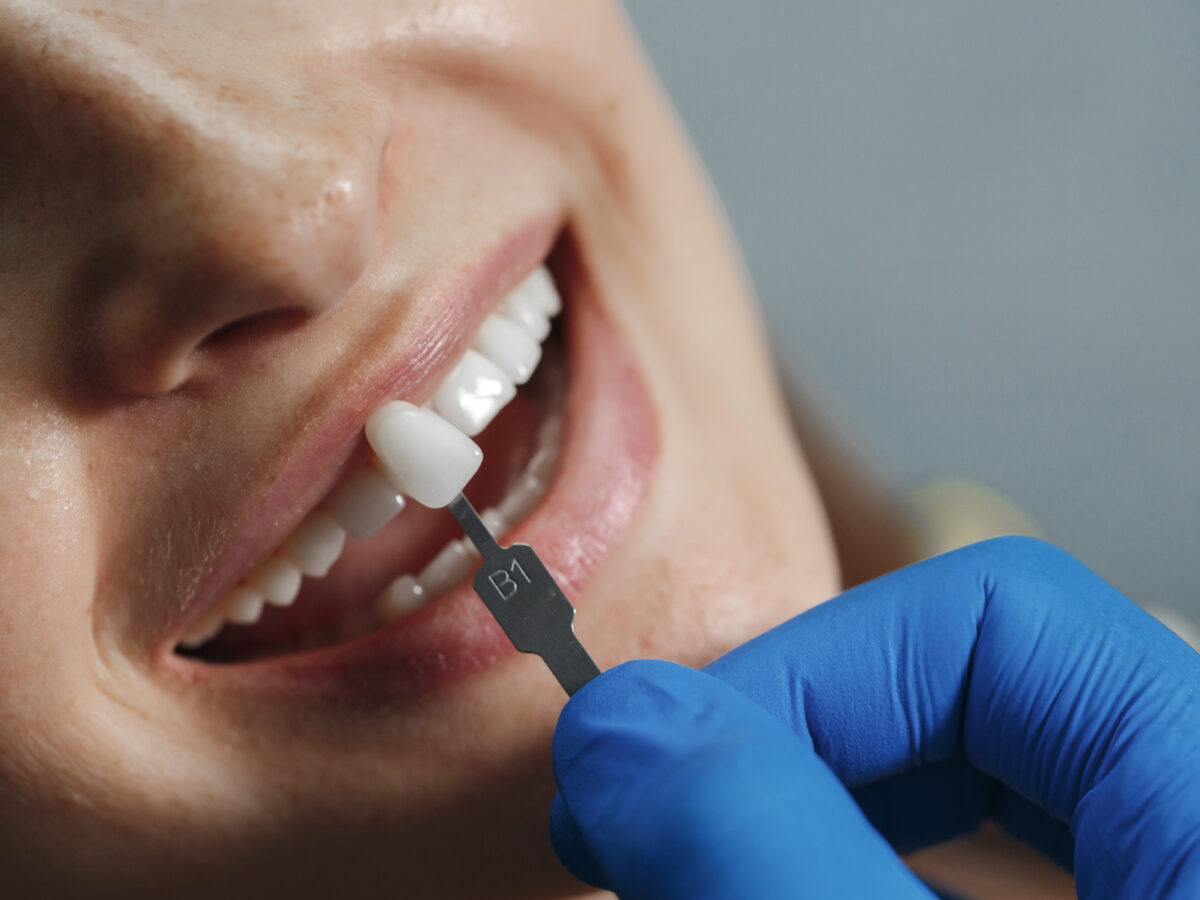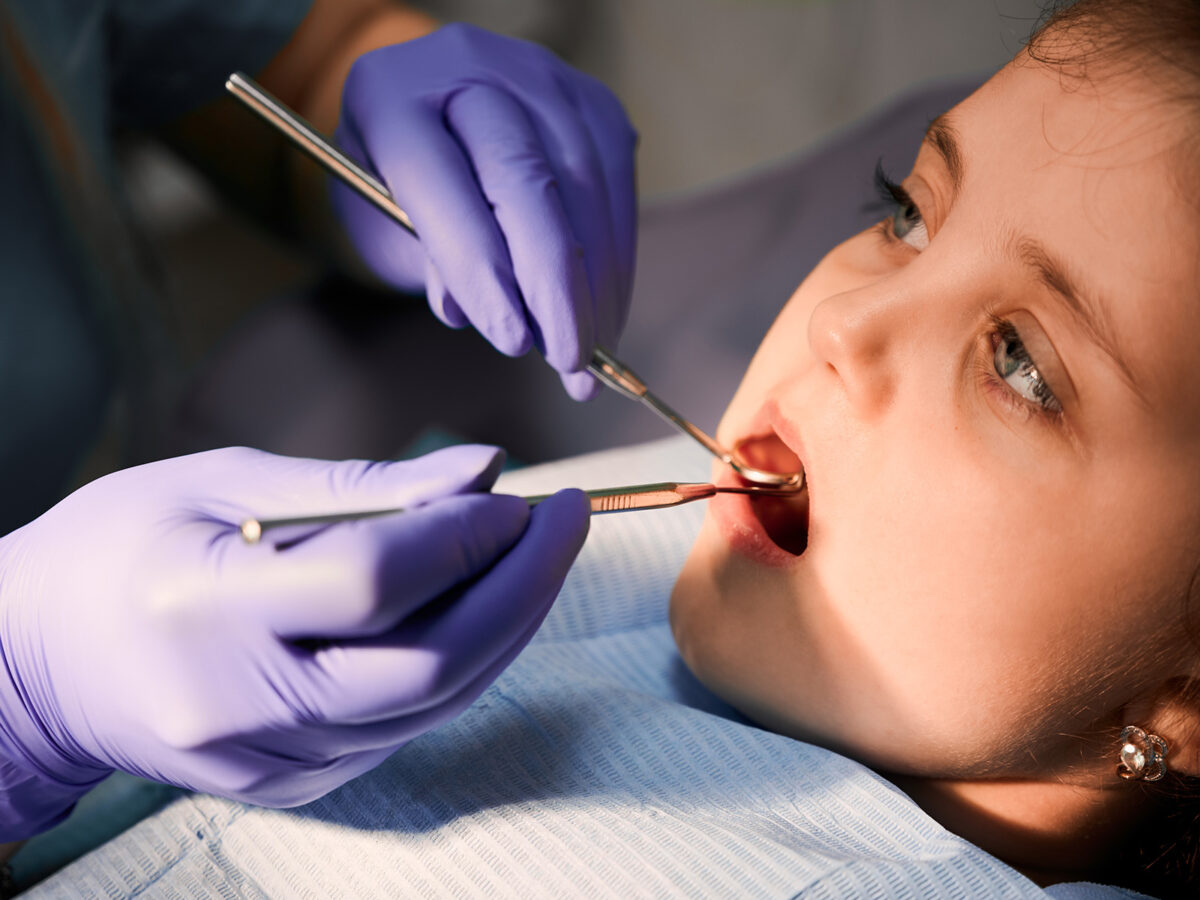Losing a tooth due to injury, decay, or other dental issues can be distressing. Fortunately, modern dentistry offers numerous solutions to help you regain your smile and oral health. If you’re missing several teeth, partial dentures are an excellent option. In this article, we’ll explore various types of partial dentures that can fill the gaps left by missing teeth, focusing on their aesthetic and practical aspects.
This guide aims to assist you in choosing the most suitable partial denture option for your dental needs by comparing popular solutions and highlighting their key features, benefits, and drawbacks.
Partial Denture Options for Replacing Missing Teeth
Partial dentures are a valuable choice for individuals missing multiple teeth who wish to eat, speak, and smile with confidence. These removable dental appliances are a flexible and aesthetically pleasing solution for tooth loss resulting from injury, decay, or other dental challenges. In addition to filling the gap left by one or more missing teeth, partial dentures help prevent adjacent teeth from shifting position. They offer a non-invasive and cost-effective way to restore oral health and quality of life by replacing missing teeth.
Partial Dentures That Can Be Removed:
Replace multiple missing teeth at once with removable partial dentures. These dentures feature false teeth attached to a gum-colored acrylic or metal base. Thanks to their design, which clasps onto your natural teeth for stability, these removable dentures can be easily removed for cleaning and maintenance.
Dentures that Bend and Flex:
Flexible partial dentures enhance comfort and aesthetics. Crafted from gum-colored, flexible materials, these dentures are nearly invisible next to your natural gums. Due to their lightweight and ability to conform to your mouth’s shape, these dentures are comfortable and easy to wear. They are often recommended for single-tooth or multiple-tooth replacement.
Partial Dentures Supported by a Metal Frame:
Replacement teeth supported by a metal framework offer durability and longevity. The metal framework provides additional stability, and it clasps onto adjacent teeth to prevent any shifting. These dentures are an excellent choice for replacing a single missing tooth when the surrounding teeth are in good condition.
Partial Dentures Made of Acrylic:
Acrylic partial dentures are a more affordable option, often used as a temporary or interim solution for a missing tooth. These dentures, made from acrylic resin, are less durable than other options but can cosmetically cover the gap left by a single missing tooth until a more permanent solution is sought.
Partial Dentures Supported by Implants:
Partial dentures secured to dental implants mimic the appearance and function of natural teeth and gums, resulting in a lifelike outcome. Because they are affixed to dental implants surgically placed in the jawbone, these dentures offer superior stability and performance. Dentures of this kind are an excellent choice for replacing one or more missing teeth without the concern of jaw bone degeneration.
Partially Replaced Dentures for Improved Aesthetics:
Partial dentures not only restore functionality for chewing and speaking but also make a significant difference in appearance. They are designed to closely match your natural teeth in color, shape, and size. Whether you opt for removable partial dentures made of flexible plastic, metal, acrylic, or implant support, they can effectively restore your smile and boost your confidence.
Maintenance and Care:
To ensure the longevity of your partial dentures, proper care is essential. Regular cleaning and soaking are necessary to prevent plaque and bacteria buildup. Additionally, schedule regular dental checkups to maintain the best possible fit and overall health of your dentures.
Conclusion:
Whether you aim to improve your smile’s aesthetics or seek a functional solution, partial dentures can be a valuable choice. There are cosmetic and functional benefits to selecting removable partial dentures, flexible partial dentures, metal framework partial dentures, acrylic partial dentures, or implant-supported partial dentures.
Consult with your dentist to explore your options and make the best decision based on your specific circumstances. The right partial denture can restore your smile and oral health, providing you with the freedom and confidence that come with a complete set of teeth.



